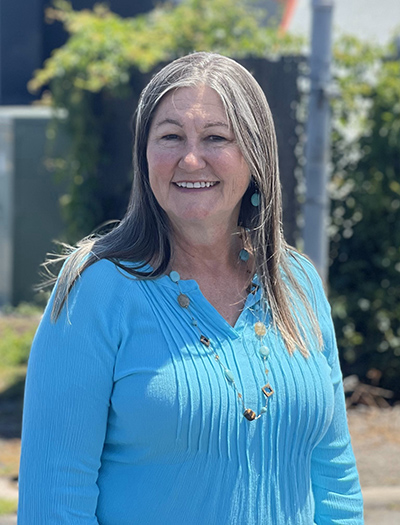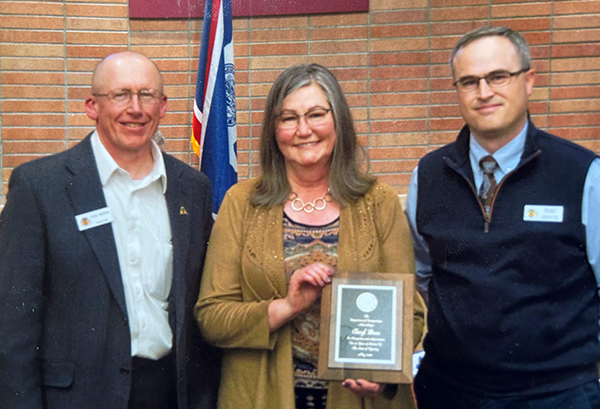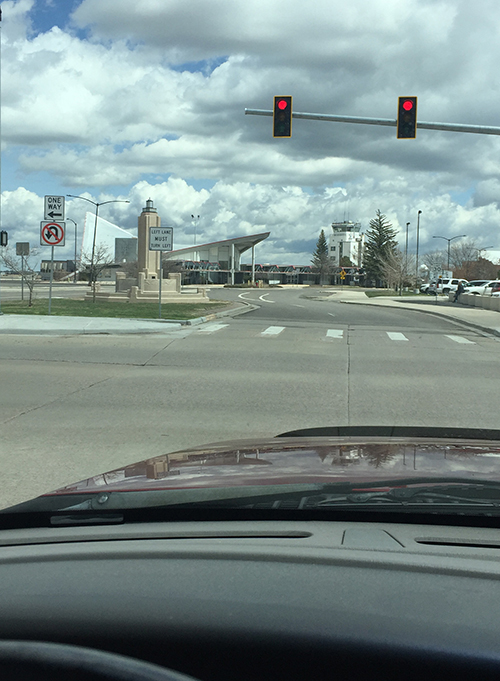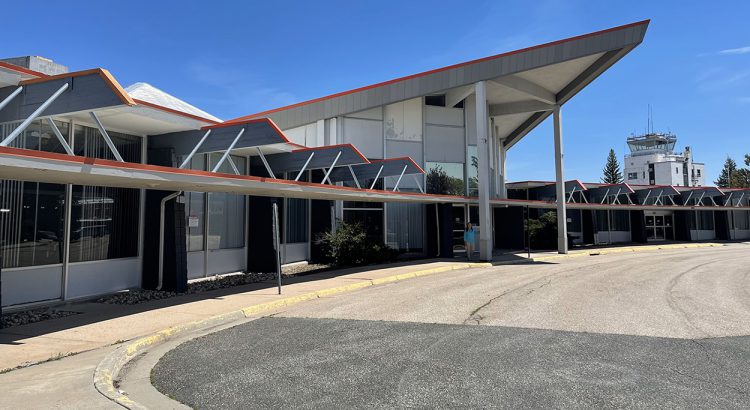After serving in state service in Wyoming for most of her career, Cheryl L. Bean, P.E. (shown at right) retired last week as Aviation Planning and Programming Manager for the Wyoming Department of Transportation Aeronautics Division. It doesn’t mean however, that she’s stepping away from the aviation industry.

Having spent the majority of her career at WYDOT working with airports across the state, she knows very well the value of the airport system, its needs and the work required to maintain and to build success into the system. She also appreciates its heritage.
Using that knowledge, Cheryl has decided to roll her passion for aviation into something special. “My passion project is forming a group locally for the preservation of our Wyoming aviation heritage,” Cheryl explained. “Essentially, fundraising for preservation projects, supporting aviation history museums, and as a resource for aviation history information.” Currently, the Wyoming Aviation Heritage League has an aviation historian and an historic preservationist. “I am confident, we will grow.”
After receiving a Bachelor of Science in Civil Engineering from University of Wyoming, Cheryl’s first position with the Wyoming Highway Department (Reorganized into a DOT in 1991) was as a bridge design engineer. That position led to a design crew leader, a position she held for 10 years.
Cheryl’s first involvement in aviation came in 2001 when Cheryl was promoted to Staff Engineer. Her position was split between the Construction Staff Engineers office and Aeronautics. “The job for the staff engineer was attractive because of the aviation component. Although the job was supposed to support both highways and airports, I was quickly drawn into the aviation side,” Cheryl shared with the State Aviation Journal. “I had to learn everything from scratch about airports, even that R/W means runway not right-of-way! It was fun for me.”
Cheryl is a lifelong learner and gets bored if she’s not learning something new on a regular basis. Every day was a school day for quite some time. “There were many challenges in those early years in Aeronautics but part of it was the opportunity to create new processes, procedures, and group projects,” said Cheryl. “One of the things that impacted my thinking the most is the Wyoming communities, the challenges they face, and the benefit their airports bring to the communities and to the state.”

Cheryl said she learned the hard way how federal and state governments can be overly bureaucratic. At some point she figured out that some of their processes that she helped create added to the bureaucracy without much benefit. “Fortunately, we were able to step back and figure out something better. I believe we are here to serve the public in the best way possible and really formed that thinking while here in Aeronautics,” she said. (Photo above – The presentation of Cheryl’s 35 year service award. L to R: Luke Reiner, previous WYDOT Director; Cheryl Bean; Brian Olsen (Aeronautics Administrator) May 2021.)
Cheryl’s initial interest in aviation came from her family. Her dad was a WWII B-24 co-pilot. “He didn’t talk a lot about the war, but I saw photos of him in his uniform and with his crew in front of the B-24 they flew,” said Cheryl. “They crashed in the Pacific Ocean and lost a couple of their crew.” Her uncle and brother were also pilots. “Back when I first started as a crew leader in bridge design, I had to take a charter flight to an emergency situation in the northern part of the state. It had 5 seats and I sat in the front next to the pilot. At first, I was reluctant to climb in. I am so glad I did because it was an amazing experience.”

The idea of preserving the state’s aviation heritage started one day as Cheryl was pulling into the parking lot of Aeronautics to go to work. The Cheyenne airport terminal was replaced in late 2018 and the previous terminal was standing vacant. Construction on the old terminal began in 1959 and completed in 1960. “It has a very cool mid-century modern hyperbolic paraboloid roof. Extremely unique and it reminds you of an airplane,” said Cheryl. “I remember it as a very young girl and coming up to the airport with my parents to see JFK.”
Compelled to do something to stop the terminal from deteriorating and being demolished, Cheryl wrote letters and tried to garner support with some success. “I received some guidance from local historic preservation experts, several of whom have been key members with the group.” At first, it seemed the community didn’t care that much about the building. It would take a lot of money to refurbish it and that was why a new terminal was built. “It wasn’t practical for it to be a terminal any longer.”
Fast forward to today and things have turned around. “There is much more support locally for saving the structure and turning it into a multi-purpose facility,” said Cheryl. “There are now draft conceptual drawings which include an aviation history museum area, bar, restaurant, etc. It could actually become a ‘destination’ and the terminal will still be used for charters.”
What started as a group to save the terminal, now has a much broader mission for aviation history in the entire state. Wyoming was part of the initial air mail route, Elrey Jeppesen was living in Cheyenne and making his notes in a basement that was within walking distance to the airport, United trained the first stewardesses here, and there was a WWII modification center here for B-17’s and other aircraft. Other locations around the state have specific aviation history that needs to be preserved as well. Cheryl notes that the biggest challenge will be to raise the funding needed for major projects. “But our first project is to help support the renovation of the 1959 terminal.”




